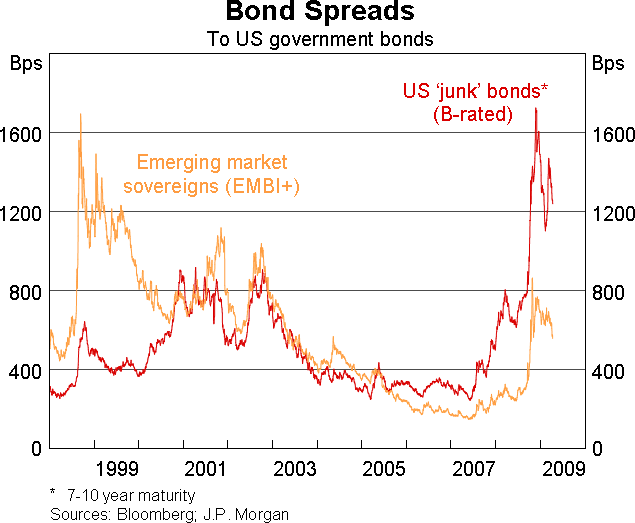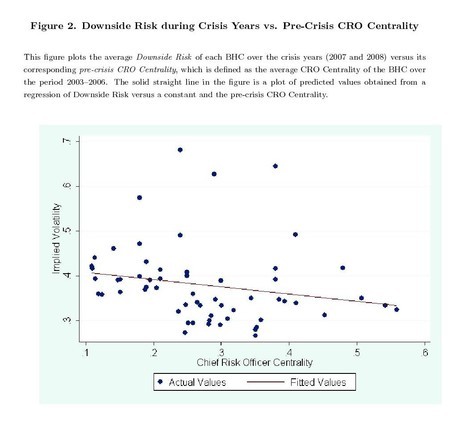2008 Financial Crisis Causes Costs and Could It Reoccur
Post on: 19 Август, 2015 No Comment

The 2008 financial crisis is the worst economic disaster since the Great Depression of 1929. This was despite aggressive efforts by the Federal Reserve and Treasury Department to prevent the U.S. banking system from collapsing.
It led to the Great Recession. where housing prices fell 31.8%. more than during the Depression. Two years after the recession ended, unemployment was still above 9% — and that’s not counting those who had given up looking for work and were no longer counted among the unemployed.
Causes of the Financial Crisis
The first inkling that the economy was in trouble was when housing prices started to drop in 2006. However, at that time realtors were relieved. It was felt that the overheated housing market would safely return to a more sustainable level.
What realtors didn’t realize was the number of homeowners with questionable credit who had loans for 100% (or more) of their home’s value. Banks had resold these mortgages in packages as part of mortgage-backed securities. Initially, the Federal Reserve thought the damage from the subprime mortgage crisis would remain isolated to housing.
However, hedge funds and other financial institutions around the world owned them. They were in mutual funds. corporate assets and pension funds. Since the original mortgages had been chopped up and resold in pieces, the actual derivatives were impossible to price. That’s why their value on the secondary market plummeted as investors panicked.
Why did stodgy pension funds buy such risky assets? They thought they’d be protected from any downside risk because they owned insurance in the form of credit default swaps. A traditional insurance company known as AIG sold these swaps. Unfortunately, as the derivatives went bust, AIG realized it couldn’t honor all swaps.
When financial institutions began to realize they would have to absorb all the losses, widespread panic gripped global financial institutions. No one wanted to be caught holding the bag. Banks resisted lending to each other so they wouldn’t get stuck with the potentially worthless mortgages as collateral. As a result, interbank borrowing costs (known as LIBOR ) rose.
Cost of the Financial Crisis
In 2007, the Federal Reserve began pumping liquidity into the banking system via the Term Auction Facility. It wasn’t enough. In March 2008, investors went after Bear Stearns. which was rumored to have way too many of these by-now toxic assets. Bear approached JP Morgan Chase to bail it out. The Fed had to sweeten the deal with a $30 billion guarantee. Wall Street thought the panic was over. For more, see 2007 Financial Crisis Timeline .
Instead, the situation deteriorated throughout the summer of 2008. The Treasury Department was authorized to spend up to $150 billion to subsidize and eventually take over Fannie Mae and Freddie Mac. The Fed used $85 billion, which rose to $150 billion, to bail out AIG.

On September 19, 2008, the crisis created a run on ultra safe money market funds. In just one day, businesses moved a record $140 billion into even safer Treasury bonds. Money market funds are where businesses park the cash to run their their day-to-day business. Without these funds, business activities and the economy would grind to a halt. Treasury Secretary Henry Paulson conferred with Federal Reserve Chairman Ben Bernanke and proposed a $700 billion bailout package. It wasn’t approved by Congress until two weeks later. For more, see 2008 Financial Crisis Timeline .
However, the taxpayer was never really out $700 billion. Only $350 billion was used in 2008 to buy bank and automotive company stocks. when the prices were depressed. By 2010, banks had paid back $194 billion into the TARP fund.
The other $350 billion was reserved for President Obama. who never used it. Instead, he launched the $787 billion Economic Stimulus package. For more, see 2009 Financial Crisis Timeline .
Could the Financial Crisis Happen Again?
Many legislators blame Fannie and Freddie for the entire crisis. To them, the solution is to close the two agencies. However, since they now guarantee 90% of all mortgages, the housing market would collapse if they were shut down. Furthermore, securitization (bundling and reselling loans) has spread to more than just housing. The toothpaste is out of the tube on this type of financial innovation.
Therefore, the government must step in to regulate. The Dodd Frank Wall Street Reform Act was passed to prevent banks from taking on too much risk.It also has a measure to allow the Fed to reduce bank size for those that become too big to fail. However, it has left many of the measures up to Federal regulators to sort out the details. Meanwhile, banks keep getting bigger and are even pushing to get rid of even this regulation. The financial crisis of 2008 proved that banks cannot regulate themselves. Therefore, without government oversight like Dodd-Frank. a global crisis could happen again.














